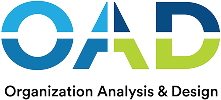Building a team isn’t about filling seats — it’s about fueling your company’s growth.
In this guide, you’ll discover how top-performing organizations build aligned, resilient, and results-driven teams using proven strategies backed by behavioral science. If you’re ready to move beyond guesswork and start hiring with purpose, this is where it starts.
Table of Contents
- How to Build a Team That Drives Business Success
- Why Most Teams Underperform: It Starts with the Wrong Foundation
- The Science Behind Strong Teams: Why Behavioral Data Matters
- Final Thoughts: Your Team Is Your Legacy
- Test OAD for Free
How to Build a Team That Drives Business Success
Building a strong team is one of the most important — and misunderstood — responsibilities of leadership. Too often, companies focus on filling roles quickly instead of building the kind of team that can grow, adapt, and consistently deliver results. But behind every thriving business is a team with shared goals, complementary skills, and a foundation of trust. A collaborative culture is essential for fostering open communication, knowledge sharing, and mutual trust among team members.

In this guide, we’ll show you how to build that kind of team — using practical steps, behavioral science, and insights from high-performing companies. Whether you’re scaling fast or restructuring a department, the strategies here will help you create alignment, boost performance, and drive lasting success.
Why Most Teams Underperform: It Starts with the Wrong Foundation
You can hire the smartest people in the room — and still end up with a dysfunctional team. Why? Because most teams fail before they even begin. Without a clear purpose, defined roles, and aligned behaviors—an important factor in building a high-performing team—even the most talented individuals will pull in different directions.
According to Gallup, only 1 in 3 employees strongly agree that they understand their organization’s mission and how their role contributes to it. That disconnect leads to missed deadlines, low engagement, and high turnover — all signs of a team without a shared foundation.
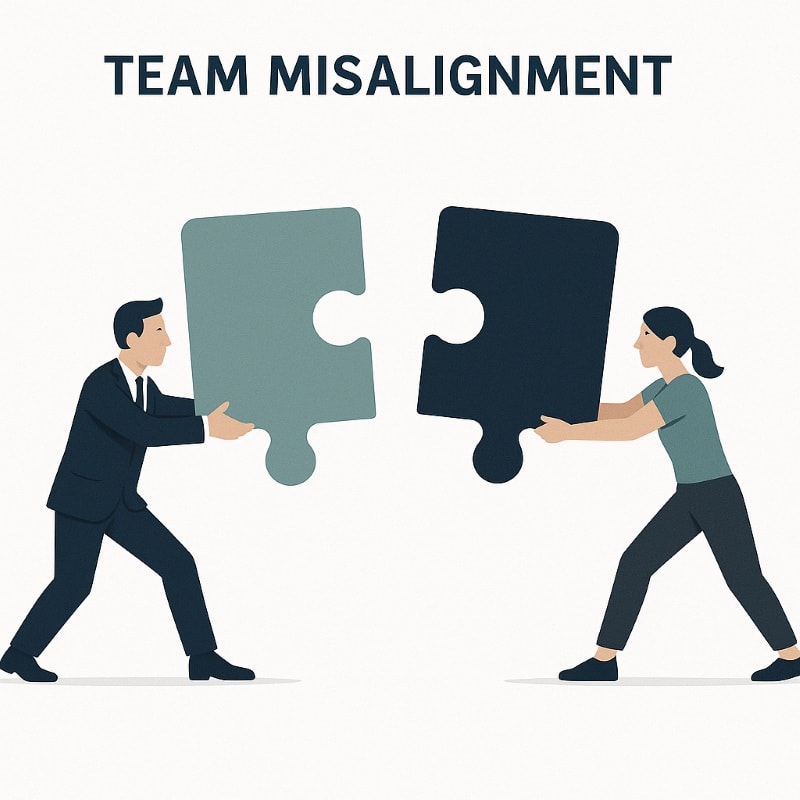
If your team feels like it’s constantly putting out fires, it’s not a motivation problem. It’s a structure problem. High-performing teams aren’t a lucky accident — they’re built intentionally, from the ground up.
Define the Team’s Purpose Before You Hire
Before you think about candidates, think about why the team exists in the first place. What’s its mission? What problems is it designed to solve? The team’s purpose should be defined with a clear, inspiring statement that aligns all members and serves as a foundation for motivation and success. A high-performing team isn’t just a group of qualified people — it’s a group of people aligned around a clear purpose.
Defining that purpose gives you a strategic filter for every hiring decision. Are you building a team to launch a new product? Scale customer service? Lead cross-functional innovation? Each goal requires different mindsets, values, and communication styles. Aligning the team’s purpose with the needs of customers helps enhance customer satisfaction and overall experience.
That’s where behavioral insights become invaluable. Tools like the OAD Survey reveal whether a candidate thrives in fast-paced, collaborative environments or prefers structured, detail-oriented roles. When you match these behavioral traits to the team’s mission, you don’t just hire — you hire with intention.
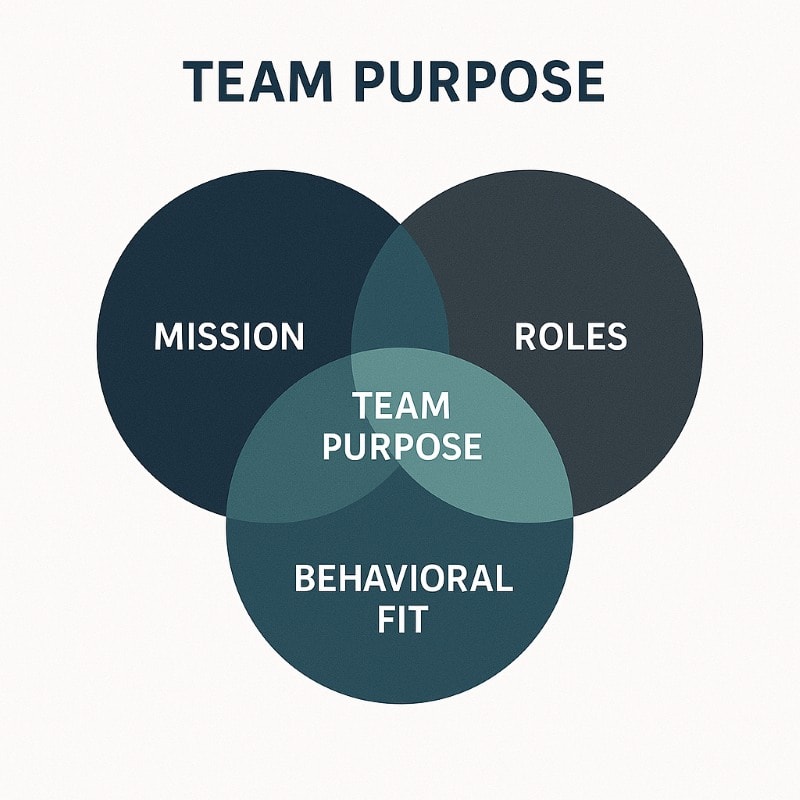
Don’t Just Hire—Curate a Balanced Mix of Skill Sets and Mindsets
Great teams aren’t built by accident. They’re curated—intentionally composed of people with complementary skill sets and diverse ways of thinking. Too many leaders hire based on technical competence alone, only to discover their team can’t collaborate, adapt, or problem-solve under pressure. Empowering employees in their jobs by giving them autonomy and support is essential for building trust and enabling them to succeed in their roles.
Amazon founder Jeff Bezos famously said, “We don’t hire smart people to tell them what to do—we hire smart people so they can tell us what to do.” But here’s the nuance: those smart people also need to align with the team’s mission, pace, and values. Otherwise, brilliance turns into bottlenecks.
At OAD, we’ve seen that the most effective teams blend diverse behavioral traits. You need visionaries and implementers, fast starters and finishers, leaders and listeners. Encouraging every team member to share their idea helps foster growth and trust within the team. By understanding each candidate’s natural tendencies, you can build a team that doesn’t just function—but flourishes.
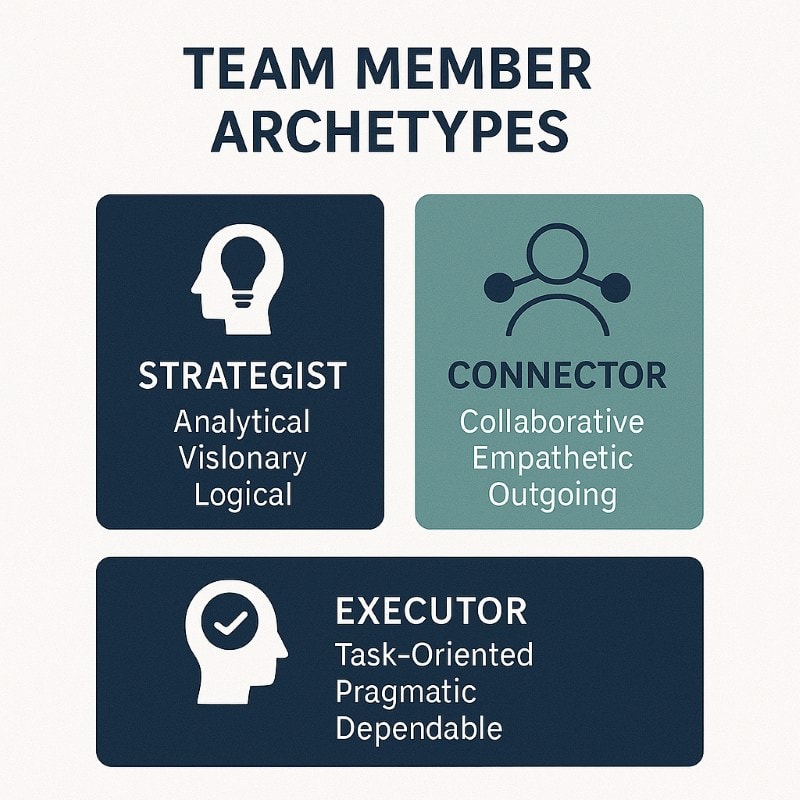
Foster a Culture of Open Communication and Constructive Criticism
Even the most talented team will stall without psychological safety — the belief that it’s safe to speak up, challenge ideas, and make mistakes without fear of embarrassment or punishment. Without it, communication becomes cautious, creativity shrinks, and your team’s potential goes untapped.
Google’s Project Aristotle — a deep dive into what makes teams successful — found that psychological safety was the number one predictor of high performance. Not raw talent. Not tenure. Not even education. Just the ability to be honest without fear.

Leaders set the tone. Model open communication. Invite pushback. Reward honesty. And most importantly, create systems where feedback isn’t a one-time event, but a built-in rhythm — like weekly retrospectives or team debriefs. Leaders should regularly discuss company culture and feedback in both formal and informal settings, such as team meetings, internal channels, and one-on-one conversations. They should also demonstrate commitment to open communication and core values to build trust and foster a positive team culture.
Tools like OAD can help you spot communication mismatches before they become cultural friction. When you understand how each person prefers to give and receive feedback, you can create a culture that’s not just collaborative — but courageous.
Encourage Collaboration Through Ground Rules and Shared Ownership
Collaboration doesn’t happen just because you hire good people. It happens when expectations are clear, roles are respected, and ownership is shared. Leaders should expect their teams to actively participate in collaboration and take shared responsibility for outcomes. Without structure, even the best teams devolve into confusion, duplicated efforts, or hidden resentment.
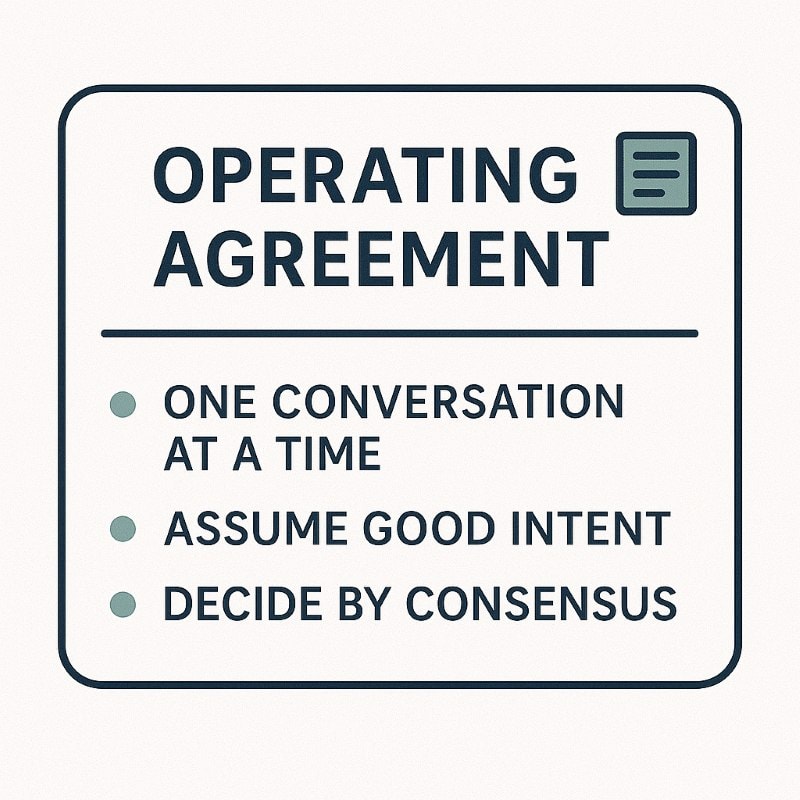
Start with ground rules: how decisions are made, how conflicts are resolved, how feedback is given. These shared agreements don’t limit your team — they liberate it by removing ambiguity. Clear ground rules help define decision making processes and ensure that all voices are included, supporting a more inclusive environment. When everyone knows the rules of engagement, they spend less time guessing and more time creating.
At OAD, we’ve seen how much clarity improves collaboration. Some team members prefer direct communication; others are more relational. Some thrive with autonomy; others prefer structure. When you understand these dynamics early, you can create ground rules that empower rather than constrain.
And shared ownership? That’s the glue. Involve the team in decision-making. Rotate leadership roles in meetings. Celebrate team wins, not just individual heroics. It’s important that all members are involved in the process of team development, ensuring engagement and commitment to the team’s goals. When everyone feels responsible, collaboration becomes second nature.
Embed Learning and Development into Team Culture
Teams that stop learning eventually stop performing. In a fast-changing market, yesterday’s skills won’t solve tomorrow’s problems. That’s why top-performing companies treat professional development as a strategic investment, not a perk.
According to the Association for Talent Development (ATD), organizations with comprehensive learning programs experience 218% higher income per employee and 24% higher profit margins than those without. The message is clear: growth isn’t optional — it’s a competitive advantage.
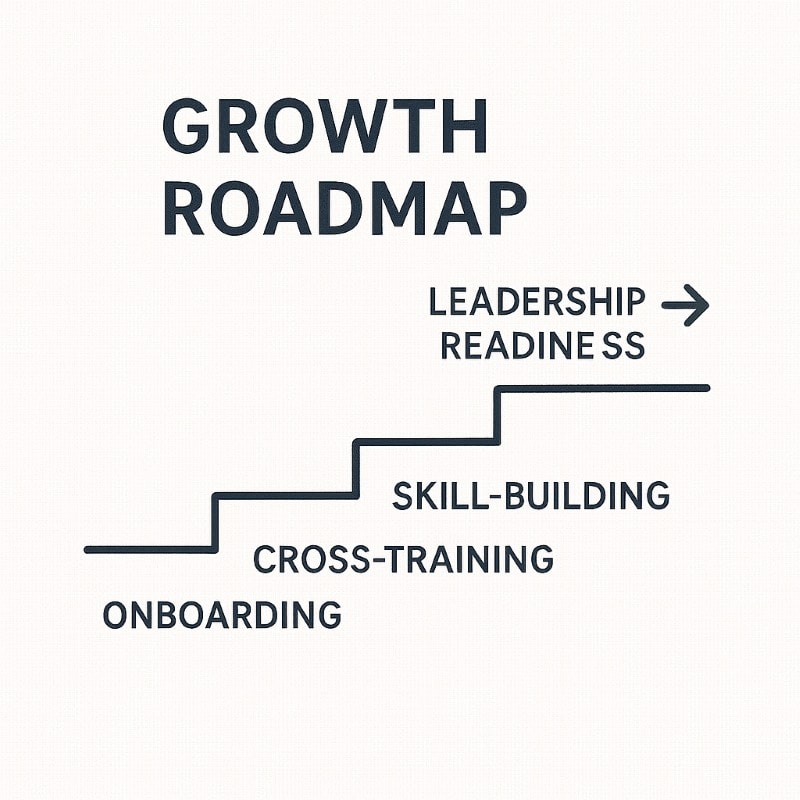
Encourage team members to attend workshops, rotate roles, shadow other departments, or take on stretch projects. Supporting professional growth through training, mentorship, and learning opportunities fosters continuous improvement and helps build a culture of development. Regular practice is essential for developing effective problem-solving and collaboration skills within teams. More importantly, create a culture where learning is visible, expected, and rewarded. When people know their development matters, they stay committed — and engaged.
OAD supports this by helping you identify not just where someone fits now, but how they might evolve. Understanding a team member’s growth potential, motivation, and learning preferences gives you a roadmap for long-term development, not just short-term output.
Use Practical Assessments to Evaluate Fit Before the Offer
Would you invest in a product without testing it first? Hiring should be no different. Resumes and interviews tell part of the story — but how someone performs in real situations reveals far more. That’s why practical assessments, especially when guided by proven strategies, are essential to building a strong team.
Design exercises that mirror real work. If you’re hiring a project manager, have them build a plan for a past initiative. For a sales leader, ask them to pitch your offer. These assessments show how candidates solve problems, communicate under pressure, and adapt on the fly.
But even well-designed tasks don’t reveal the full picture. That’s where OAD’s behavioral data becomes critical. It helps you answer deeper questions:
- Will this person thrive in a fast-paced environment?
- Do they prefer autonomy or collaboration?
- How do they respond to feedback and challenge?
When you combine practical assessments with behavioral insight, you’re not just hiring for today — you’re hiring for trajectory.
Onboard with Intention: First 90 Days Define Team Integration
The hiring decision is just the beginning. What happens next determines whether a new team member sinks or soars. The first 90 days set the tone — not just for performance, but for culture, trust, and long-term retention.
Effective onboarding isn’t a one-size-fits-all checklist. It should be tailored to the role, the person, and the team they’re joining. Make sure each new hire understands their specific job, the responsibilities that come with their job, and how their job directly contributes to the team’s mission. Help new hires understand how their work connects to the team’s mission. Introduce them to cross-functional partners. Set clear expectations — and give them room to contribute early.
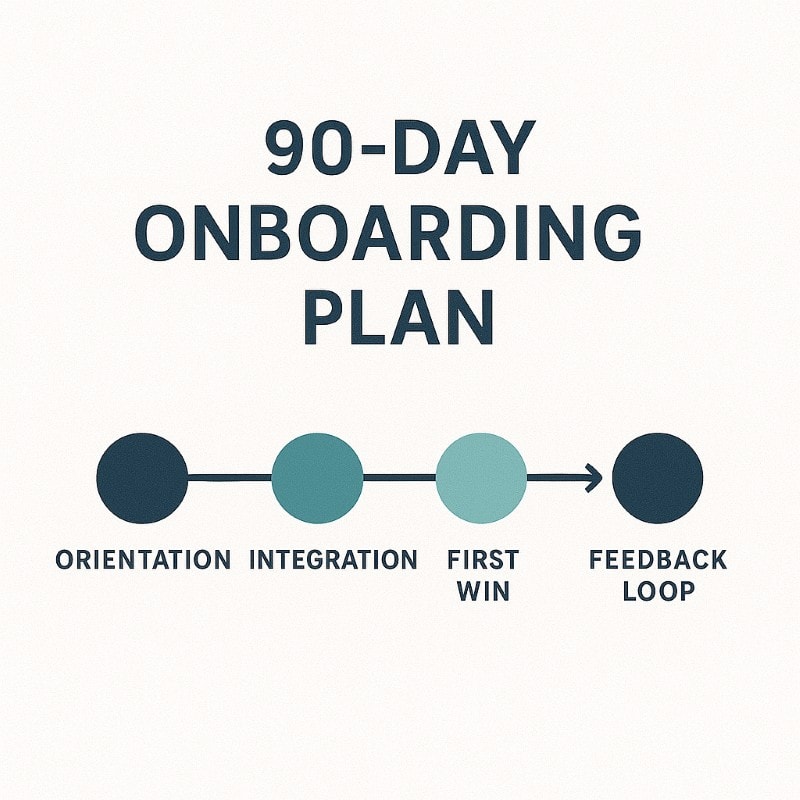
Want to accelerate integration? Pair new hires with mentors. Host onboarding retrospectives. Use OAD’s behavioral insights to identify how each person learns, communicates, and adapts. When onboarding is personal, purposeful, and paced, you reduce ramp-up time and increase long-term engagement.
Celebrate Team Wins—Small and Large

High-performing teams don’t just work hard — they celebrate hard, too. Recognition isn’t just a nice-to-have; it’s a cultural driver. Taking time to recognize achievements helps people feel valued, seen, and included, which increases motivation and engagement. When team members feel seen, valued, and appreciated, motivation skyrockets. And the best part? You don’t need to wait for a massive milestone to start.
Whether it’s hitting a quarterly target, solving a tough client issue, or onboarding a new teammate without a hitch — celebrating progress fuels momentum. Public shoutouts, handwritten notes, shared Slack wins, or team lunches all reinforce a culture of appreciation.
Here’s where behavioral insight plays a hidden role: not everyone likes to be recognized the same way. Some thrive on public praise; others prefer a quiet nod. OAD helps you tailor your recognition style to each team member’s preference, so your praise actually lands.
Encourage Smart Risk Taking to Spark Innovation
High-performing teams don’t just execute — they evolve. That evolution starts with creating a team culture where smart risk taking is not just allowed, but expected. When team members feel safe to challenge assumptions and bring new ideas to the table, innovation becomes part of the daily rhythm — not an occasional accident.
The key is clarity. Define what smart risk taking looks like in your context. Set ground rules that separate thoughtful experimentation from reckless decision-making. When teams know the boundaries, they gain psychological safety — and with it, the confidence to speak up, experiment, and learn in real time.
Support risk taking with structure. Provide resources, training programs, and continuous learning opportunities that expand skill sets and fuel creative thinking. Use team meetings to surface ideas, share lessons learned, and normalize experimentation. Innovation thrives where growth is part of the process — not a side effect.
And don’t forget reinforcement. Recognize the efforts, not just the outcomes. Celebrate new ideas, even when they don’t pan out. Make constructive criticism part of the learning loop, not a tool for blame. This approach builds a collaborative team environment where shared goals, open communication, and resilience define the team’s success.
The result? A team that doesn’t just keep up — it leads. One that’s equipped to solve problems creatively, adapt to challenges, and consistently drive business results.
Overcome Challenges and Obstacles as a Unified Team
Every team faces setbacks — the difference is how they respond. High-performing teams don’t just manage challenges; they rally around them. When team members share a clear purpose, open communication, and mutual trust, obstacles become opportunities to learn, adapt, and grow stronger.
A strong team culture is the foundation for this resilience. When people feel safe to raise concerns, contribute ideas, and take ownership of problems, solutions surface faster — and with more buy-in. That kind of culture doesn’t emerge by accident. It’s built through deliberate leadership, transparent decision-making processes, and clear expectations.
To navigate complex challenges effectively, teams need structure. Establish protocols for escalating issues, align on responsibilities, and ensure that communication channels are accessible and used consistently. Team building exercises and shared rituals can reinforce collaboration — especially under pressure.
And just as important: recognize the wins along the way. Even small breakthroughs deserve acknowledgment. It keeps morale high and reminds the team that progress is being made, no matter how tough the road.
When unity is part of your culture — not just your crisis plan — challenges stop being disruptive and start becoming fuel for your team’s success.
Measure and Iterate: What Gets Measured Gets Managed
You can’t improve what you don’t track. Building a high-performing team isn’t a “set it and forget it” process — it’s an ongoing cycle of observation, adjustment, and refinement. That’s why smart leaders bake metrics into every stage of the team-building journey.
What should you measure? Start with:
- Time-to-productivity: How quickly are new hires delivering results?
- Retention rates: Are your people staying — and growing?
- Team engagement: Do employees feel connected, valued, and motivated?
- Cross-functional collaboration: Is the team siloed or well-integrated?
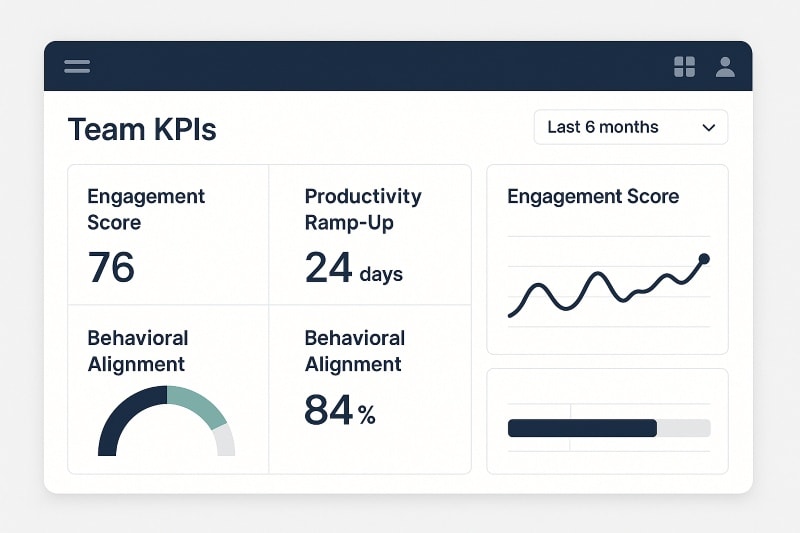
The key is not just collecting data, but making it actionable. Ongoing measurement and iteration are crucial for the team’s success, ensuring that strategies are continuously refined to drive better outcomes. Use these insights to spot blind spots, identify strengths, and refine your hiring and onboarding strategies.
OAD’s behavioral tools give you deeper layers of context — helping you understand why someone thrives or struggles, not just how they perform. When you match hard data with behavioral insight, you move from reactive to strategic leadership.
Stay Adaptive: Your Team’s Needs Will Change
Even the best team structures won’t last forever. Markets shift. Business models evolve. People grow — or outgrow their roles. The most effective leaders aren’t just builders — they’re adapters, constantly reevaluating how their team structure aligns with changing goals.
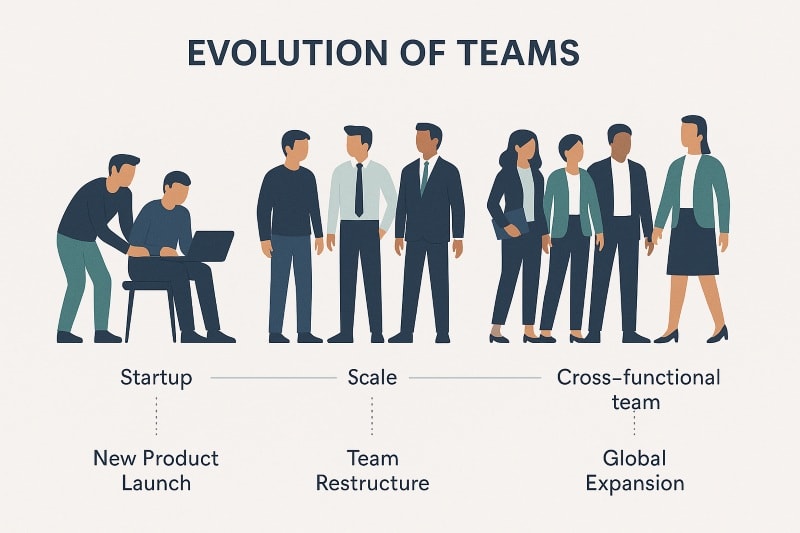
Adaptability doesn’t mean chaos. It means creating systems that allow for flexibility: rotating responsibilities, revisiting role clarity, and soliciting feedback before issues escalate. Diverse and inclusive teams excel at making decisions because open dialogue and multiple viewpoints are encouraged, leading to better decision-making processes. It means knowing when to upskill, when to restructure, and when to bring in new talent.
This is where behavioral data becomes a strategic asset. With OAD, you can anticipate how team members handle ambiguity, pressure, and change — giving you a proactive edge. Instead of reacting to churn or misalignment, you adjust before performance dips.
The result? A team that evolves with your business — not one that breaks under the weight of growth.
The Science Behind Strong Teams: Why Behavioral Data Matters
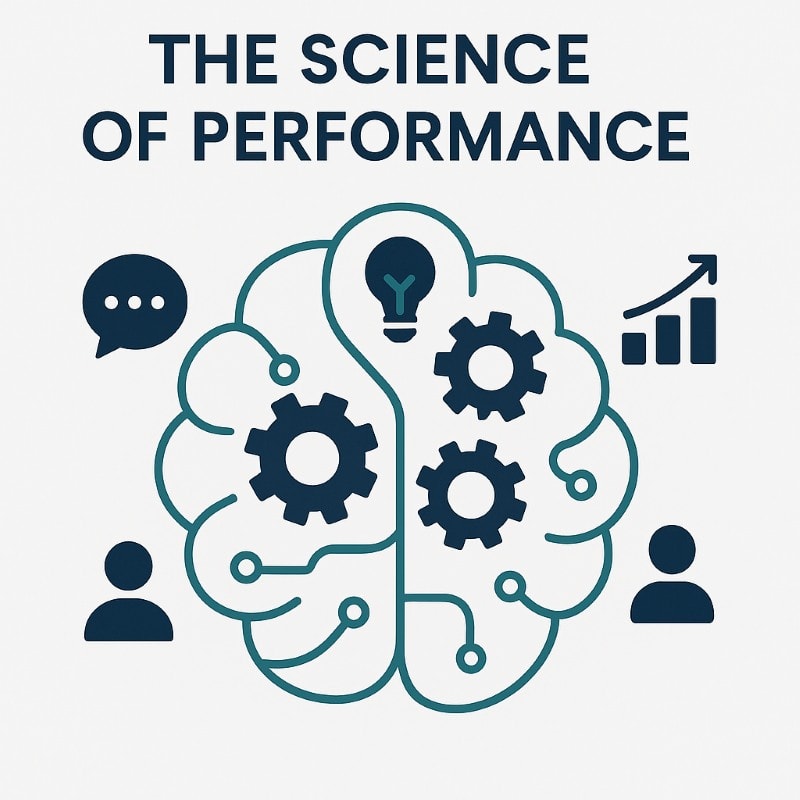
Behind every great team is more than just good hiring — there’s behavioral alignment. Strong team cultures are built on shared values, trust, and psychological safety, which foster collaboration and drive team success. It’s what turns individual contributors into collaborative powerhouses. And it’s where most organizations fall short.
Traditional hiring focuses on what someone can do. But what about how they think, communicate, and respond under pressure? That’s where tools like the OAD Survey give you a real edge. By understanding natural tendencies — like decision-making styles, energy levels, and interpersonal dynamics — you can design teams that work together with less friction and more flow. Building trust among other team members is essential for enhancing collaboration and positively influencing team dynamics.
The payoff isn’t just better hires — it’s better outcomes: faster onboarding, stronger performance, lower turnover, and a culture built on trust and clarity. It’s not magic. It’s behavioral science, applied where it matters most — your people.
Final Thoughts: Your Team Is Your Legacy
Every hiring decision shapes your company’s future. You’re not just building a team — you’re building a culture, a brand, and a legacy. The difference between a group of employees and a high-performance team comes down to intention, structure, and alignment. It’s important to recognize the importance of intentional team building and a strong team culture for achieving long-term organizational success.
If you want a team that moves fast, collaborates deeply, and scales with your vision — don’t leave it to chance. Let data guide you. Let behavior lead you. And let every hire move you closer to the future you’re building.
Test OAD for Free
Ready to build a team that actually works together — and works for your business?
Discover how OAD’s behavioral survey can help you hire smarter, lead better, and unlock lasting performance.
